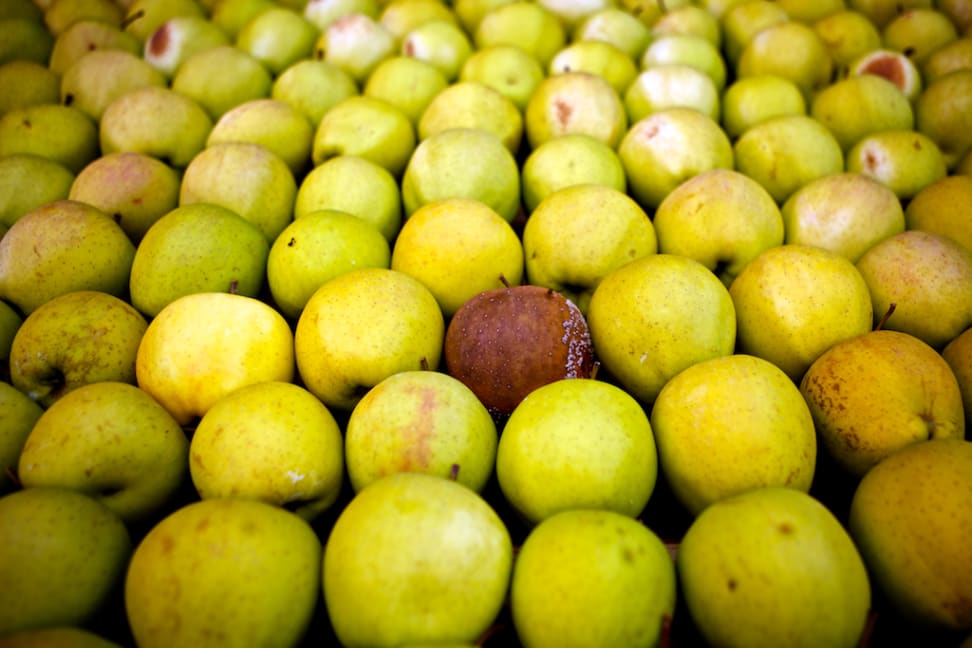Smart Labels Could Take the Guesswork Out of Food Safety
Could this spell the end of the sniff test?
 Credit:
Credit:
Products are chosen independently by our editors. Purchases made through our links may earn us a commission.
As consumers we tend to take a lot of things at face value, not least of all food expiration labels. While we assume that printed expiration dates are a highly regulated food safety system, the truth is that expiration dates are voluntarily used by food manufactures in order to ensure food quality.
In fact, the "Best Before" date printed on that carton of milk in your fridge is not an indicator of safety, but rather an indicator of peak freshness.
When it comes to food in my refrigerator I tend to put as much faith into the printed expiration dates as I do in the tried and true "sniff test." As it turns, out simply sniffing or tasting your food is about as reliable a method for determining food safety as current expiration date systems.
Fortunately, it's looking as though this may change. Engineers at the University of Alberta are in the process of developing a polymer based smart expiration label that can detect, and indicate the presence of E. coli, Listeria, Salmonella, and other nasty food pathogens. The labels change color from blue to white if harmful bacteria are present in food.
While the technology is still in its early stages, it could find its way into food packaging in the not-too-distant future.
Temperature detecting food labels already exist, and are used in European food packaging. However, this is an indirect indicator and may not tell the whole story. With the newly developed bacteria detecting labels, suppliers and consumers will be able to not only immediately identify contaminated food, but also make pinpointing the source of an outbreak considerably easier.
While rates of foodborne illness have remained more or less level in recent years, researchers are employing increasingly novel methods to detect outbreaks. In New York City, health officials recently leveraged Yelp data to identify sources of food poisoning.
Via: Food Safety News
Hero Image: Flickr user "mbeo52" (CC BY-NC-ND 2.0)
